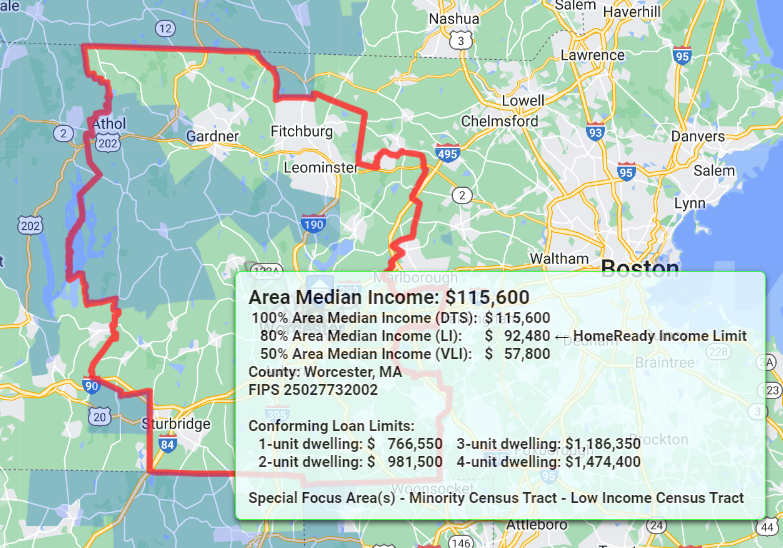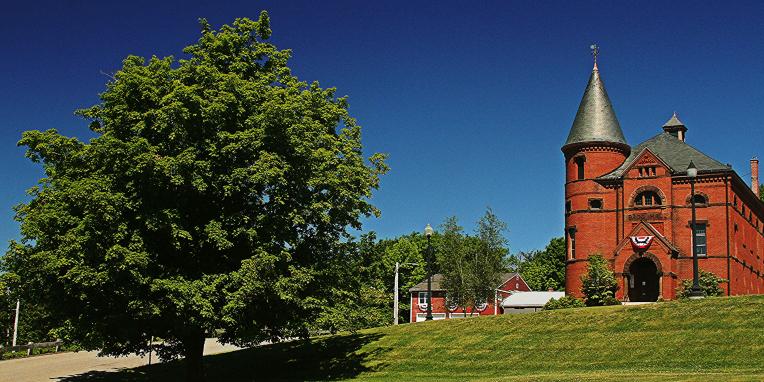Housing Implementation Committee
Present:
- Co-chairs Carla Zottoli and Deb Cary
- Jennifer Shenk
- Jennifer Greene, Advisory Board
- Richy BisAnn Neuburg, Planning Board rep
- Phil Gott, Selectboard rep
- Barbara Guthrie, Council on Aging rep
Call to Order: 9:03
Administrative: Deb: Motion to approve minutes of the 12-15-2023 meeting as submitted.
Carla: second
Vote: unanimous approve.
Discussions:
Definition of Affordable Housing
The task is to meld the state requirements with providing Princeton residents more housing options. Some options could/should meet the state’s definition of affordable.
General discussion of the Area Median Income (AMI) and Princeton’s AMI region. AMI is the midpoint of a region’s* income distribution – half of families in a region earn more than the median and half earn less than the median. Housing assistance often refers to “% of AMI”. Affordable housing programs are targeted to a specific income level, such as “80% of the region’s AMI”. The 2023 numbers for Princeton’s region are:
AMI: $115,600
80% AMI $92,480
50% AMI $57,800
*Princeton’s AMI region: 
Region is so large and so diverse that the numbers are not meaningful. Jen Shenk explained how conforming loan limits are applied. Removed discussion of “conforming loan limits”.
General discussion of what affordability formula is applicable to Princeton? What is the magic price per unit for Princeton?
Carla shared the MA regs for the formula: Chapter 40B Sales Prices and Rents
Committee members need to have enough understanding of how these rules work in order to be able to answer questions.
MBTA Adjacent Communities
Princeton submitted a draft bylaw designating an area for multi-family housing. The draft was rejected. A technical grant from the state will pay for the required GIS and other information. Emily Glaubitz is the CMRPC rep assigned to the project.
Deb: how to support Planning Board in getting approved bylaw passed at ATM. Can we research examples so we can present attractive ideas?
General discussion: drawbacks of building workforce housing so far from public transportation.
Currently, the required infrastructure (public water/sewer) could make actual construction uneconomic unless it is a very large project.
In time, the site may become much more attractive. The committee should help Princeton plan for that.
General discussion: density economics of 15 units per acre. Carla mentioned the 202 project Townsend Woods where 36 units occupy a small parcel.
TO DO: ADU Count
- Ann asked the Assessor for the listing of homes with 2 kitchens as a start.
- Jen Shenk explained how the MLS listings do not directly count ADUs.
- Jen Greene asked about unpermitted ADUs and how the committee should support ADUs in general.
- Ann described a successful “forgiveness” period when the Planning Board encouraged homeowners to legalize (get a permit) for their illegal ADU, no questions asked.
- Ann said the committee might best serve residents by connecting them with resources to create an ADU to house a caregiver.
- Deb compared the need to MassSave where the state subsidizes energy conservation.
- Jen S described the expense imposed by modern septic requirements are what stops homeowners when trying to do an ADU. The committee could help homeowners navigate the system.
Carla: eligible for MA Home Modification Loan program, and using the program makes the home subsidized, thus affordable.
Deb: Ask the Planning Board for another period of forgiveness re: illegal ADUs.
Housing Trusts
Jen S. created a Google folder to contain documents. She found the town of Berlin established their housing trust in 1987. A map depicting which towns have enacted Community Preservation Act (CPA) at 1%, 2% and 3%.
Discussion of CPA and that towns (Sterling, Westminster) have rejected it not only because of the money, but the small group of people who would control that money. Non-CPA funding includes private funds, grant funds, and “builder collaboration”. Difficult to find examples that are not CPA funded.
Chapter 40Y
40Y has passed and regulations are in development. 40Y (1800 sq. ft. or less of heated, livable space) is a voluntary incentive program to support creation of smaller homes. Eligible projects receive funding.
Deb will do more research.
Wachusett House
Deb would like to understand all options. Deb asked for a meeting with Ann Sullivan (chair of Wachusett House), including, could the existing management handle units at a different location? Can Wachusett House be a partner?
New TO DOs:
- Deb and Carla: will meet with Ann Sulllivan to learn more about Wachusett House
- Deb: distribute more information about 40Y
- Ann: distribute backlot bylaw. Include address of the first in Princeton.
- Deb and Ann: go to Board of Health meeting or meet informally with Lar Greene to talk about septic innovations (re: ADUs).
- Ann: ask Planning Board about another period of forgiveness re: illegal ADUs.
- Ann: 5 minute talk about Princeton’s bylaws for ADUs, backlot development
- All members: think about sites for development in Princeton and keep an eye out for creative solutions in other towns.
Next Meeting: 9:00 am Wednesday, January 24
Adjourn:
- Ann - Motion to adjourn
- Carla - Second
- Vote: unanimous aye
Adjourn at 10:01
Respectfully Submitted Ann Neuburg


